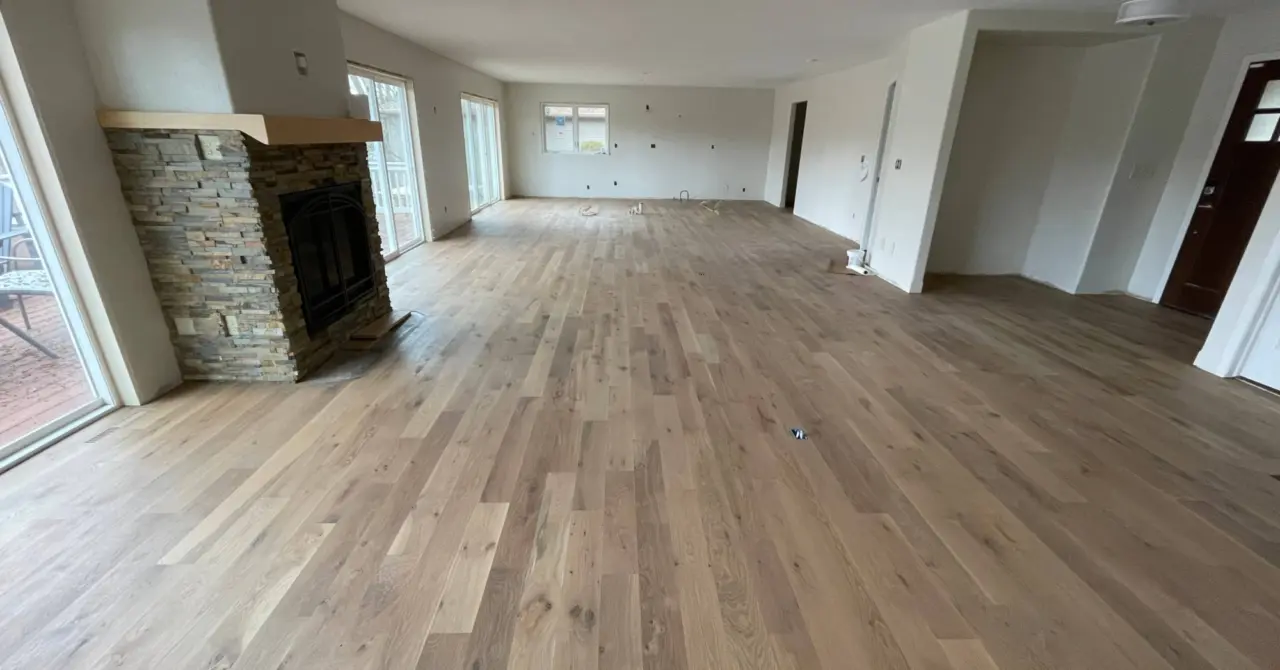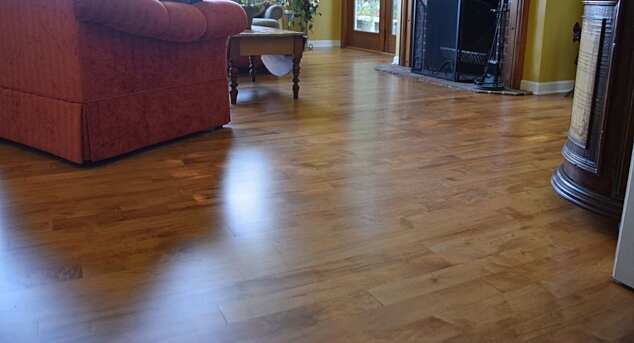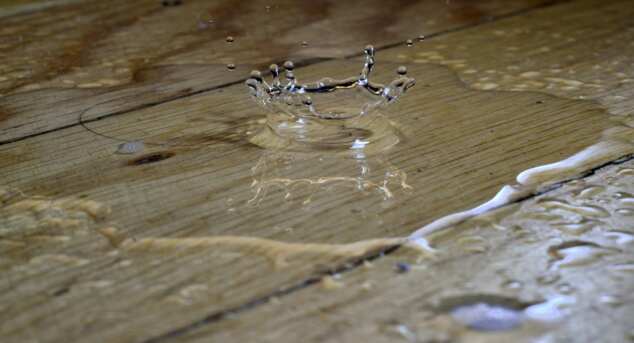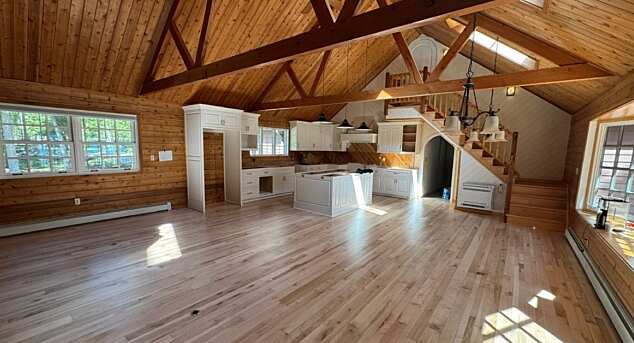Wood Floors from Dark to Light: The Truth About Lightening Your Stained Hardwood
Posted by Aaron Schaalma
One of the most common questions homeowners ask during renovation is whether their dark-stained wood floors can be transformed into a lighter, more natural finish. If you're tired of your dark floors and dreaming of that modern, airy feel that lighter wood provides, you're not alone.
The short answer? It's possible, but with some important caveats that depend largely on your wood species and how the original staining was done.
The Wood Species Factor
The type of wood that makes up your floor plays a crucial role in how successfully it can transition from dark to light.
Maple: The Challenging Candidate
Maple hardwood presents unique challenges when attempting to go lighter. Due to its tight grain pattern, maple typically requires conditioning during the initial staining process. This conditioning opens the grain to allow for more consistent stain absorption—but it also means the dark pigment penetrates deeper into the wood.
When refinishing dark maple floors, even professional sanding can struggle to remove all traces of the previous dark stain, often leaving behind subtle shadows or uneven coloration when attempting to achieve a natural or light finish.
Oak: The More Forgiving Option
Oak floors tend to be more forgiving when transitioning from dark to light. Their natural open grain structure means the stain doesn't penetrate as deeply compared to maple. While oak can still retain some evidence of previous dark staining (particularly in the softer grain portions), it generally responds better to refinishing efforts aimed at lightening.
The Refinishing Process
When lightening your floors, the process typically involves:
Complete sanding to remove the existing finish and as much stain as possible
Assessment of the bare wood surface for residual dark areas
Determining whether a natural finish or light stain will best address any remaining color inconsistencies
Application of the new finish system
Setting Realistic Expectations
The key to satisfaction with your refinishing project is understanding that "going light" after a dark stain may not result in perfectly pristine, virgin-looking wood. Some evidence of the previous color may remain, especially in areas where the stain penetrated deeply.
Rather than expecting perfection, consider embracing the unique character that comes with refinished floors. Sometimes, the subtle variations in tone can add depth and history to your space in ways that brand new floors cannot.
The Bottom Line
Can dark-stained wood floors go light? Yes, but with limitations. The success depends heavily on your wood species, how deeply the original stain penetrated, and your willingness to accept some character in the final result.
If you're considering this transformation, consult with experienced flooring professionals who can assess your specific situation and provide realistic expectations based on your existing floors. If you’re in Wisconsin, Signature Custom Flooring can provide a complimentary consultation.
Remember, sometimes what makes wood flooring special isn't perfection—it's the natural beauty and unique story that your floors tell about your home's journey.



